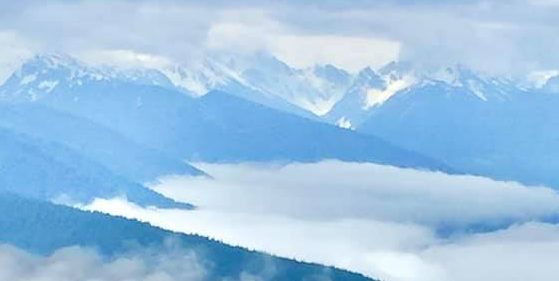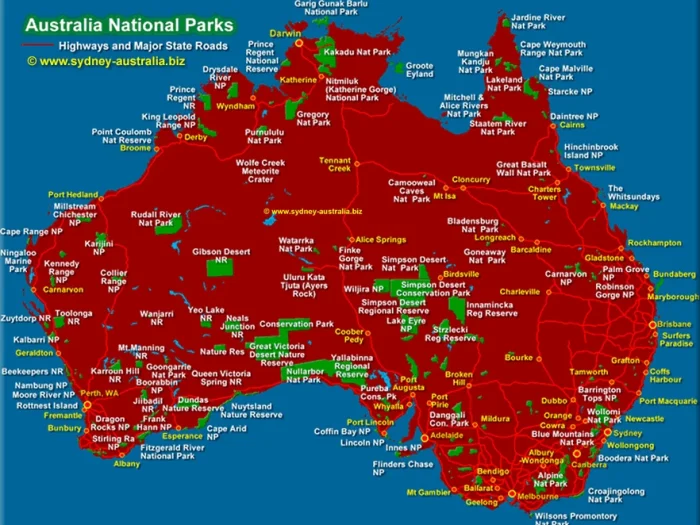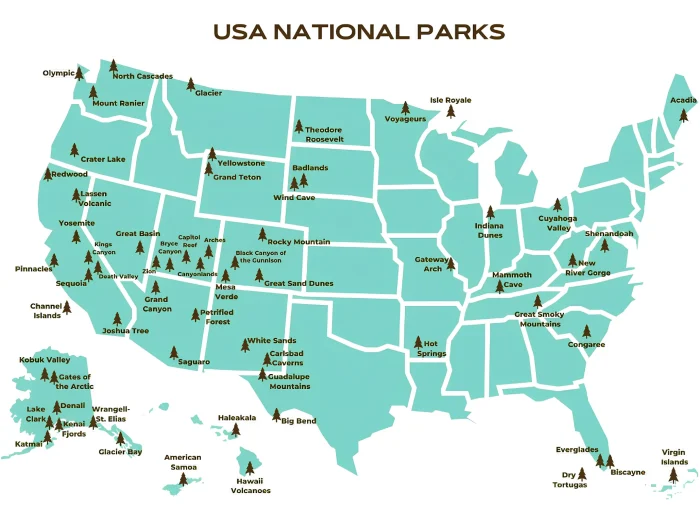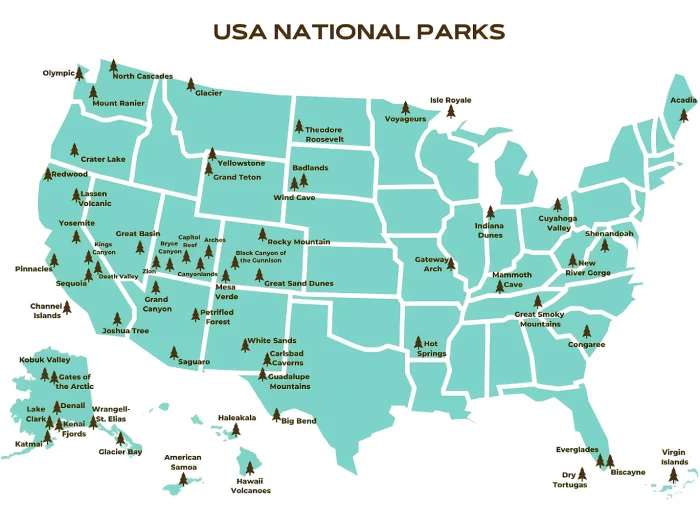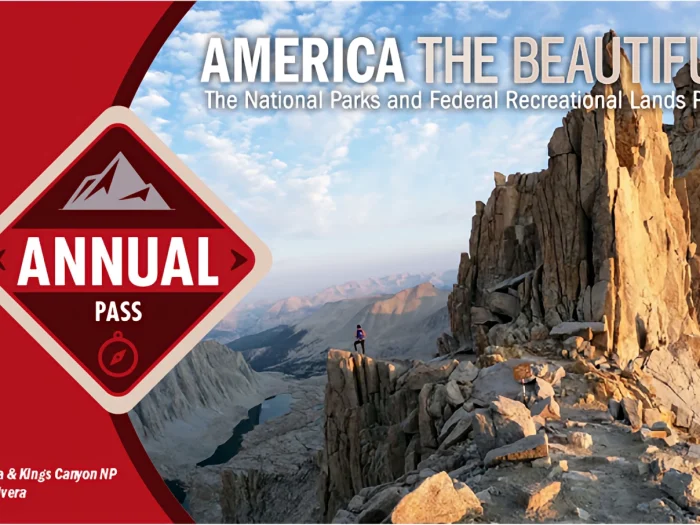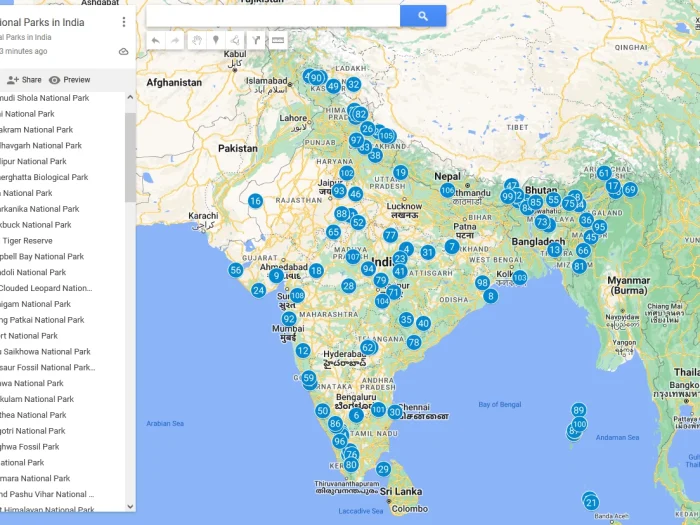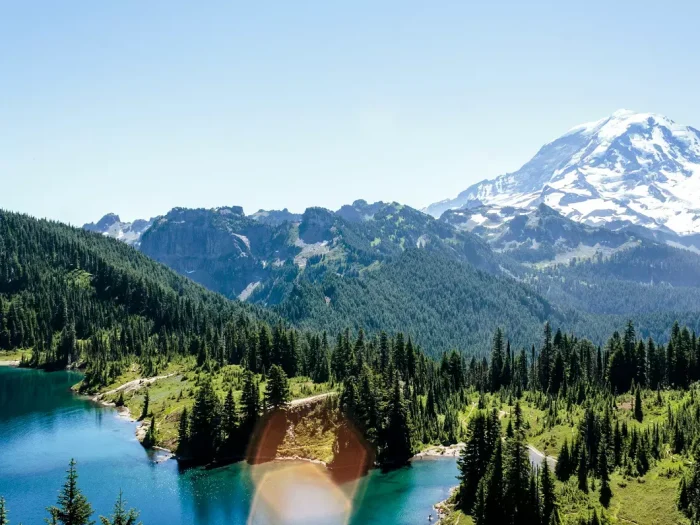List of National Parks in Washington
List of National Parks in Washington
Washington has three National Parks
Washington has 11 National Park Service units
- Ebey’s Landing National Historical Reserve
- Fort Vancouver National Historic Site
- Klondike Gold Rush – Seattle Unit National Historical Park
- Lake Roosevelt National Recreation Area
- Lewis and Clark National Historical Park
- Manhattan Project National Historical Park
- Minidoka National Historic Site
- Nez Perce National Historical Park
- San Juan Island National Historical Park
- Whitman Mission National Historic Site
- Wing Luke Museum Affiliated Area
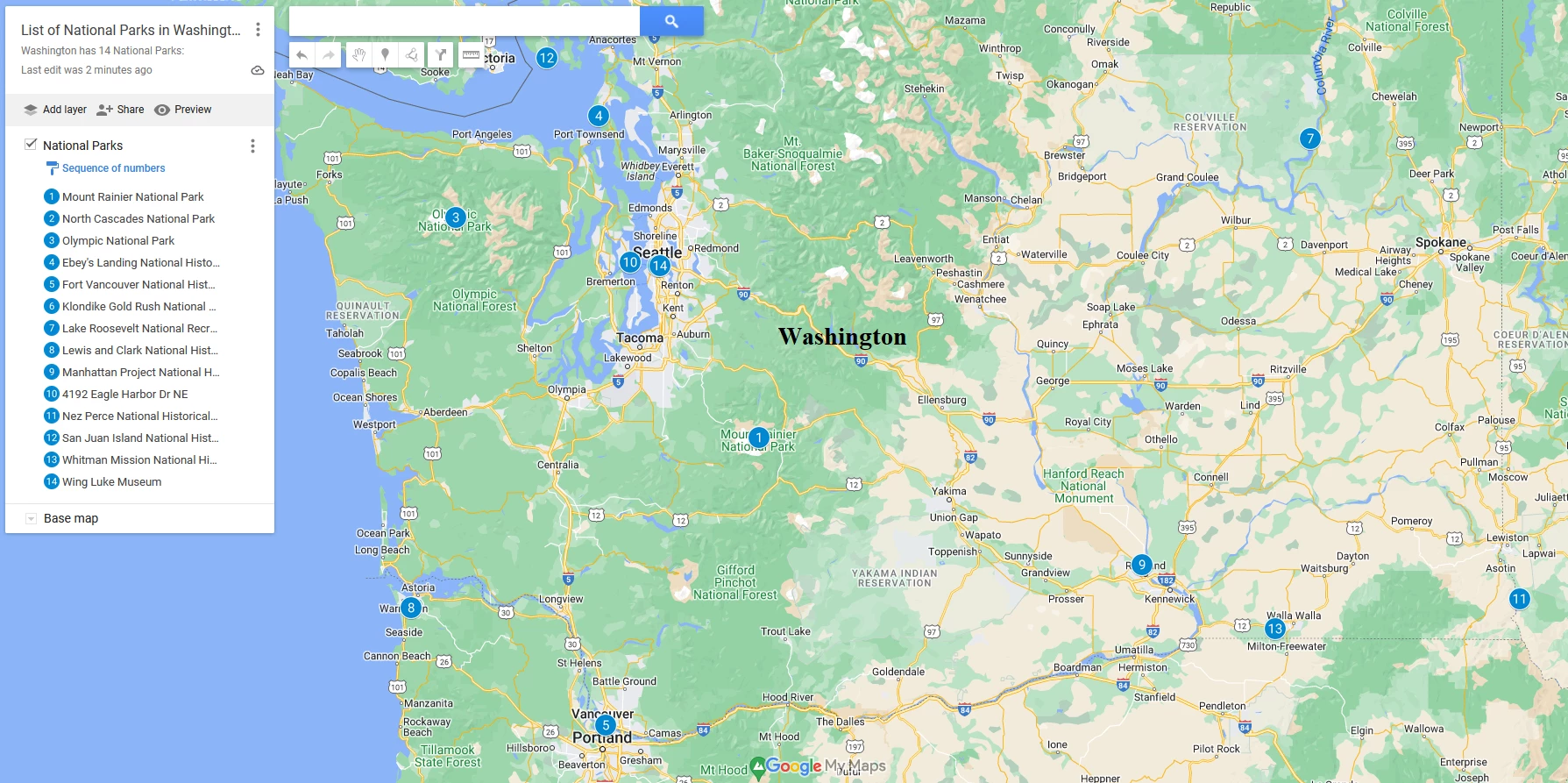
Now you can answer the question:”How many national parks in Washington?” Washington has 3 national parks.
Washington National Parks map
10 FAQs about the National Parks in Washington State
1. How many national parks are there in Washington State?
Washington State has three official national parks:
- Mount Rainier National Park
- Olympic National Park
- North Cascades National Park
2. What is the largest national park in Washington?
The Olympic National Park is the largest in Washington, covering nearly 922,650 acres. It features diverse ecosystems, including lush rainforests, alpine mountains, and over 70 miles of wild Pacific coastline.
3. What is the most visited national park in Washington?
Mount Rainier National Park typically receives the most visitors each year, attracting millions who come to see its iconic volcano, wildflower meadows, and scenic hiking trails.
4. Are there other protected areas besides the three main national parks?
Yes! Washington also has several national monuments, historic sites, and recreation areas, including:
- San Juan Island National Historical Park
- Manhattan Project National Historical Park (Hanford Unit)
- Lake Chelan National Recreation Area
- Ross Lake National Recreation Area
These are managed by the National Park Service and offer additional outdoor and historical experiences.
5. Which national park is best for hiking?
It depends on your preferences:
- Mount Rainier National Park: Best for alpine and glacier hikes.
- Olympic National Park: Offers rainforest trails and coastal hikes.
- North Cascades National Park: Known for rugged backcountry and panoramic mountain views.
For day hikes and photography, Mount Rainier is often the top choice.
6. What is the best time to visit Washington’s national parks?
The best time to visit is generally late June through September, when roads are open and weather is mild.
- Spring (April–June): Best for waterfalls and blooming wildflowers.
- Summer (July–September): Ideal for hiking and clear mountain views.
- Fall (October): Fewer crowds and beautiful autumn colors.
- Winter (November–March): Great for snowshoeing and skiing at Mount Rainier or Hurricane Ridge in Olympic.
7. Do I need a pass to enter the national parks in Washington?
Yes. Each park requires an entrance fee, but you can also purchase the America the Beautiful Pass, which grants access to all U.S. national parks and federal recreation lands for a full year.
8. Can I camp inside Washington’s national parks?
Absolutely! All three parks offer campgrounds and backcountry camping options.
- Mount Rainier: Cougar Rock, Ohanapecosh, and White River Campgrounds.
- Olympic: Kalaloch, Hoh Rain Forest, and Sol Duc Campgrounds.
- North Cascades: Newhalem Creek and Colonial Creek Campgrounds.
Reservations are recommended, especially during summer.
9. Which Washington national park has a rainforest?
Olympic National Park is home to the famous Hoh Rain Forest — one of the largest temperate rainforests in the U.S. It’s known for its moss-covered trees, giant ferns, and year-round misty atmosphere.
10. What is the most underrated national park in Washington?
North Cascades National Park is often considered the most underrated. Despite its jaw-dropping mountain scenery and over 300 glaciers, it receives far fewer visitors than Rainier or Olympic — making it a peaceful destination for nature lovers and experienced hikers.
